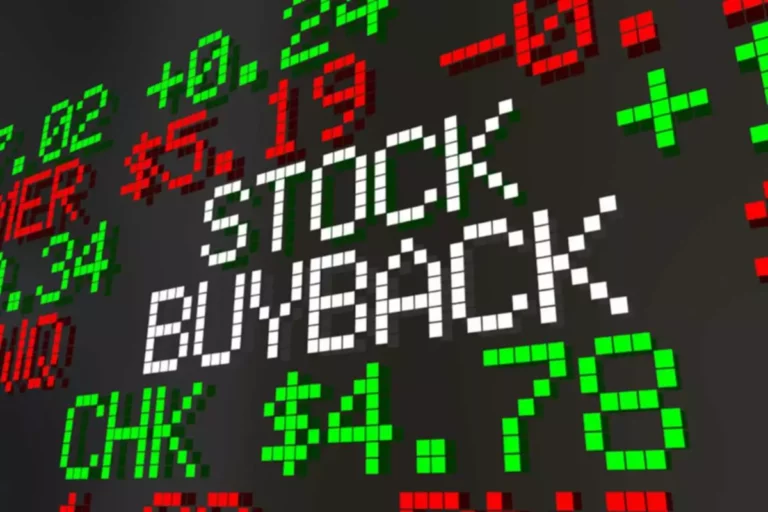To yield farm, you need belongings for which the widespread types of yield farming apply, the most well-liked being ERC20 coins. You also need a decentralised wallet to connect to the application, the preferred being browser wallets like Meta Mask or Trust Wallet. The COMP governance token was an enormous hit in the DeFi world and got issues rolling. Although nothing good lasts endlessly, DeFi is still in its infancy and devs will little question come up with new and artistic ways to optimize liquidity incentives. Token holders in positions of governance will little question green-light more tasks with new methods for its users to revenue. And Yield Farmers will no doubt give you defi yield farming development new and inventive methods to extend their yield.

Yield Farming: The Truth About This Crypto Investment Technique
If you want to get more acquainted with these ideas, consider seeking guidance from skilled customers or professionals. If the worth of ETH begins to drop, which means merchants are selling ETH for DAI. This causes the ratio of the pool to shift so that it is more ETH heavy.
How Defi Yield Farming Is Similar To And Totally Different From Traditional Investment Methods

Stakers lock up their digital assets in change for rewards, creating a mutually helpful relationship between liquidity suppliers and the protocol. Yield farming involves depositing funds into decentralized protocols in change for interest, usually in the form of protocol governance tokens or different monetary rewards. Consequently, yield farming offers both passive and lively alternatives for users to place their capital to work when it otherwise may be sitting idle. Since the successful launch of Compound in 2020, a lending and borrowing platform for cryptocurrency on the Ethereum blockchain, yield farming has gained important traction. Compound launched its native token, $COMP, which was awarded to users actively collaborating within the platform’s market-making activities.
Want To Discover The Facility Of Real-time, Indexed Blockchain Data?
Platforms that distribute tokens enhance token circulation, which helps boost person participation and liquidity. Additionally, if tokens provide governance rights, they assist platforms preserve healthier levels of decentralization. The allure lies in its potential for amplified returns and accessibility. However, it’s crucial to keep in thoughts that increased rewards typically involve more vital dangers.
Dangers Concerned In Yield Farming

Stablecoin Liquidity Provision – Providing liquidity for a decentralised change that focuses on offering pools of like priced property, similar to Stablecoins. The cryptocurrency ecosystem consists of 1000’s of coins and tokens with various use instances. Some function as cash, while others present utility inside a sport or a specific service.
In DeFi, the lender is always in control of their funds, as operations occur in automated sensible contracts and do not require the oversight of third parties. Unlike token sales, a person can withdraw their collateral at almost any time. DeFi tends to work better in climate climbing asset costs, because the collateral locked for yield farming is safer. For example, if ETH prices drop by 33%, this would liquidate most deposits on Maker DAO. Smaller price fluctuations also mean holding ETH may, in the long term, be more worthwhile than yield farming.
The Securities and Exchange Commission has declared that some digital assets are securities, putting them within its jurisdiction and permitting it to regulate them. State regulators have already issued stop and desist orders in opposition to centralized crypto lending websites like BlockFi, Celsius and others. DeFi lending and borrowing ecosystems may take a hit if the SEC declares them to be securities. Two often-used measurements are annual share rate (APR) and annual percentage yield (APY).
- When word got out that farmers may reap Annual Percentage Yields (APY) over 100 percent, things took off.
- It permits cryptocurrency homeowners to put cash into cryptocurrencies within the DeFi environment and earn fastened or variable rates of interest.
- Consult a qualified tax advisor to understand your reporting obligations and potential tax liabilities.
- By providing liquidity, you earn fees from the trades executed in your pool.
- In return, a yield farmer seeks to earn interest funds from platform charges and different rewards such as governance tokens.
- However, it’s crucial to remember that increased rewards typically involve more significant risks.
In the amazing world of DeFi, you can lend and borrow tokens with out first having to fill out a great deal of forms. You won’t get to first base without some middleman asking in your information and forcing you to spend time filling out all their “necessary” paperwork. Governance tokens like COMP provide hodlers the choice to vote on the protocol’s future. But additionally they act as incentives for Liquidity Providers (LPs) to move belongings onto their platforms.
The core thought is that a dealer will present their property to a protocol – e.g. by depositing native ETH right into a protocol smart contract. The dealer can later withdraw their property from the farm and search for other new farming alternatives once they believe the farm no longer provides enough yield. Smart contracts make sure that transactions concerned in yield farming are routinely executed. Although smart contracts enhance effectivity and accuracy, a bug of their code could lead to vulnerabilities to hacking and fraud, and cause a token’s worth to drop. For instance, DeFi protocol Harvest Finance was the victim of a multi-million dollar flash loan assault in 2020. Although there are many yield farming strategies — both lively and passive — the three major elements are staking, lending, and providing liquidity.
Remember, the purpose of this introductory article is to not provide suggestions or exact strategies, but to indicate what others have done up to now to open up your thoughts to the probabilities. In these examples, we’ll throw around the names of some protocols that you may or will not be familiar with. We’ve already coated most of these in previous articles so we won’t go an extreme quantity of in-depth. You can learn “A Brief Introduction to DeFi” if you’re nonetheless not sure what it’s. PancakeSwap is a DEX built on the Binance Smart Chain (BSC), also functioning on Ethereum and Aptos on the time of writing.
Projects like DeFi Saver can mechanically improve the collateral to stave off liquidations. Liquidations occur when the minimum collateral requirement breaks down because of price volatility. Let’s dive into the mechanics of yield farming so you’ll be able to turn out to be more educated on what yield farming and the method it capabilities. On Pendle Finance, eETH mounted yield through holding eETH PT tokens is 22% – which is comparatively high for staked Ether.
Liquidity mining begins with liquidity suppliers depositing funds into a liquidity pool. This pool powers the DeFi protocol, where customers can lend, borrow, or exchange tokens. The use of those platforms incurs charges, that are then paid out to liquidity providers according to their share of the liquidity pool.
Read more about https://www.xcritical.in/ here.
